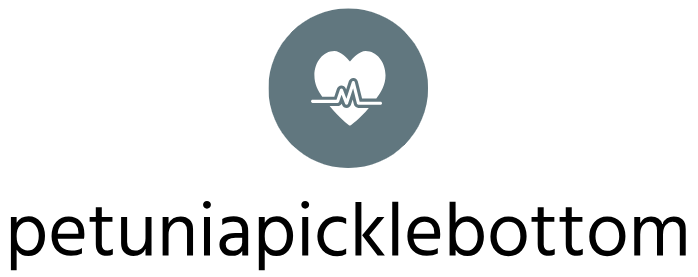
Small Space, Big Impact Home Office Ideas
Maximize Vertical Space: Shelving and Wall Organization
In a small home office, vertical space is your best friend. Instead of sprawling across your floor, think upwards! Install floating shelves to store books, files, and decorative items. Consider using wall-mounted organizers for pens, stationery, and other small essentials. This keeps your desk clear and creates a more organized, less cluttered feel. Opt for sleek, modern shelving units that blend seamlessly with your existing décor to avoid making the space feel cramped. You can also incorporate stylish baskets or boxes on the shelves to further organize items and add a touch of personality.
Multifunctional Furniture: The Key to Space Saving
Forget single-purpose furniture. In a small space, every piece needs to earn its keep. A storage ottoman can serve as extra seating and a concealed storage solution for files or blankets. A desk with built-in drawers or cabinets is a must-have. Look for desks that fold down or convert into other pieces of furniture when not in use, like a drop-leaf desk or a desk that transforms into a wall-mounted unit. Think creatively about how your furniture can serve multiple roles to optimize space.
Clever Storage Solutions: Beyond the Obvious
Don’t limit your storage solutions to the obvious – shelves and drawers. Utilize the space under your desk with rolling drawers or storage carts. Consider using vertical file organizers instead of bulky filing cabinets. Hang a stylish over-the-door organizer for extra storage. Think about using magazine holders to store paperwork neatly, or even repurposing decorative boxes to hide clutter. Get creative and explore unconventional storage methods to maximize your space effectively.
Light and Bright: The Illusion of Space
Light and bright colors can visually enlarge your space. Opt for a light and airy color palette for your walls and furniture. A light-colored rug can also make a small room appear larger. Maximize natural light by keeping windows unobstructed and using sheer curtains or blinds to allow light to filter through. Invest in good task lighting for your desk, but avoid harsh overhead lighting which can make a small space feel smaller. Consider adding a mirror strategically to reflect light and create a sense of spaciousness.
Declutter Regularly: A Small Space Needs a Minimalist Approach
Maintaining a clutter-free environment is crucial in a small home office. Regularly declutter your workspace by discarding unnecessary items, donating seldom-used materials, and digitizing documents whenever possible. Invest in a good filing system to keep papers organized and easily accessible. The less clutter you have, the more spacious your home office will feel, and the more productive you’ll be.
Personal Touches: Adding Style Without Clutter
Don’t let the need for space compromise your personal style. Incorporate a few carefully chosen decorative elements to personalize your space. A small plant, a piece of art, or a framed inspirational quote can add personality without overwhelming the room. Choose items that are both visually appealing and functional, such as a stylish desk organizer or a decorative storage basket. Remember, less is often more in a small space, so focus on quality over quantity.
Technology Integration: Streamlining Your Workflow
Technology can play a significant role in maximizing space and efficiency in a small home office. Use cloud storage to eliminate the need for large quantities of physical files. Invest in a laptop rather than a bulky desktop computer to save space. Utilize wireless peripherals like a wireless keyboard and mouse to minimize cable clutter. Employ digital tools for note-taking, project management, and communication to reduce the amount of paper and physical materials you need.
Embrace Minimalism: A Philosophy for Small Spaces
Adopting a minimalist approach is key to success in a small home office. Focus on essential items and eliminate anything that doesn’t serve a purpose or bring you joy. Choose multi-functional pieces of furniture, streamline your workflow using technology, and keep your space clean and organized. Minimalism isn’t about deprivation; it’s about making conscious choices to create a functional and peaceful workspace. Read also about modern home office setup.


















